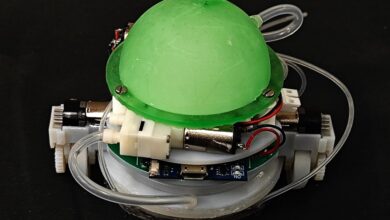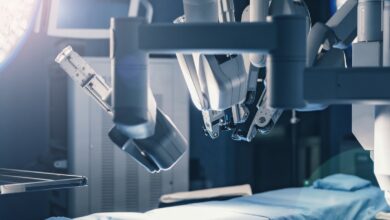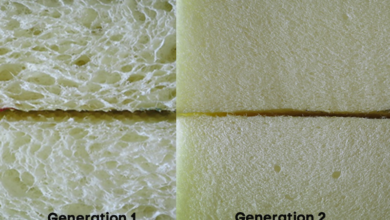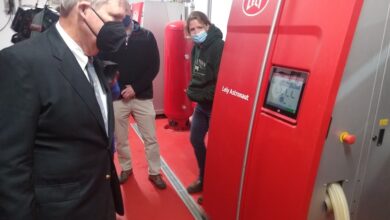A Transformation in Robotics and Career Opportunities
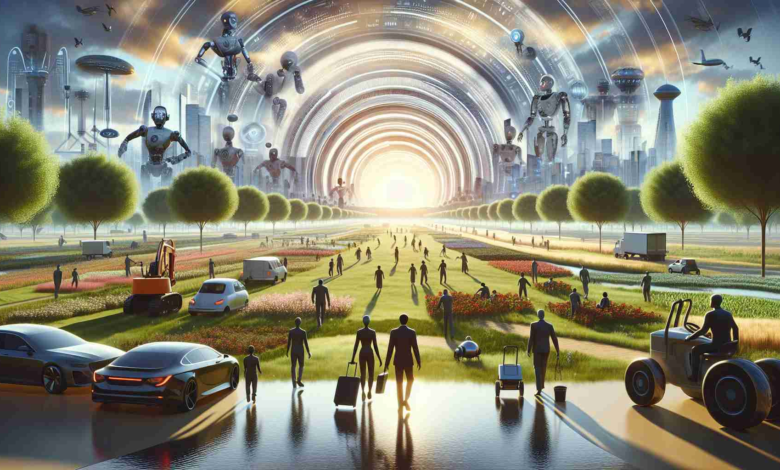
The CEO of NVIDIA, Jensen Huang, has provided insights into a future where artificial intelligence may render traditional coding careers obsolete. Huang suggests that humanity is on the cusp of an AI revolution that will advance beyond AI-based chatbots, such as Copilot and ChatGPT, into a new era of physical AI.
The foreseeable future, according to NVIDIA’s visionary leader, is one where physical artificial intelligence understands the laws of physics and operates alongside humans. This projection sees all factories becoming fully automated, orchestrating robots to produce sophisticated, robotic products—a vision aligning with NVIDIA’s significance in the tech industry’s race for AI innovation, heavily reliant on their GPU technology.
With massive investments, like the $100 billion from Microsoft and OpenAI into the Stargate project, the reliance on NVIDIA’s AI chips is evident. NVIDIA’s software and hardware are critical in the development of advanced AI applications, including humanoid robots. As the shift to physical AI and humanoid robotics takes hold, NVIDIA stands to benefit immensely from this technological leap.
Autonomous vehicles, such as widely adopted Tesla cars, mark the beginning of the widespread adoption of AI-driven physical machines, suggesting at least some of Huang’s predictions are already taking shape. The adoption of humanoid robots seems like a natural next step as the world is designed for human interaction and there’s an abundance of data to train these robots more efficiently than any other type.
Previously known for its video cards and chips in the gaming industry, NVIDIA has pivoted towards AI, becoming the third most valuable company worldwide, trailing slightly behind Apple. With the booming demand for GPUs due to the AI gold rush, NVIDIA may soon overtake tech giants like Apple and Microsoft. As of the end of the previous year, NVIDIA boasted the title of the world’s most profitable semiconductor chip company, with significant revenue and profit growth, signaling a promising trajectory as AI demands soar.
Relevant added facts:
– NVIDIA has invested heavily in AI research, such as the NVIDIA Deep Learning Institute which offers training in AI technologies.
– The rise of physical AI may result in the creation of new job categories that blend robotics, mechanics, electronics, and computer science.
– Industry 4.0, also known as the fourth industrial revolution, is closely related to the advancement of AI in manufacturing and the integration of cyber-physical systems.
Key questions and answers:
– What is the impact of physical AI on employment? While physical AI could render some traditional jobs obsolete, it could also create new opportunities in AI maintenance, oversight, and development.
– What are the ethical implications of humanoid robots? There are concerns about privacy, security, decision-making, and the potential reduction of human interaction.
Key challenges or controversies:
– There is an ongoing debate about the impact of AI and automation on the workforce, with some experts fearing job displacement while others anticipate job evolution.
– The so-called “black box” problem in AI, which refers to the lack of transparency in how AI systems make decisions and the difficulty in interpreting complex AI models.
– Ensuring AI and robotics are deployed responsibly and ethically, including the creation of regulatory frameworks.
Advantages of physical AI:
– Increased efficiency and productivity in manufacturing and other sectors.
– Reduction in human error and workplace accidents in hazardous environments.
– Ability to perform tasks beyond human capabilities or in environments unsafe for humans.
Disadvantages of physical AI:
– Potential for job displacement and widening of the skills gap.
– High initial costs of implementation and maintenance of AI systems.
– Risks of AI being used maliciously or developing unforeseen behaviors.
Suggested related links:
NVIDIA
Tesla
OpenAI
Microsoft
The transition to physical AI could have profound implications on society and the economy, creating a delicate balancing act between harnessing the benefits of advanced robotics and AI while addressing the ethical and workforce-related challenges. The role of tech companies like NVIDIA is pivotal, as they provide the hardware and software that power these advances, but it will also require collaboration with policymakers, educators, and industry leaders to navigate the transformation responsibly.
